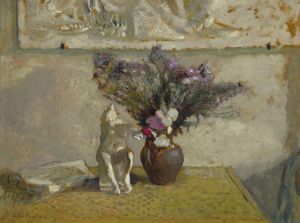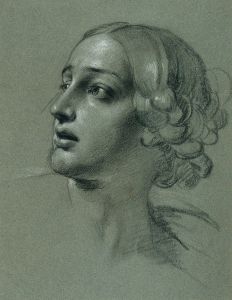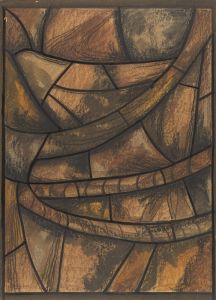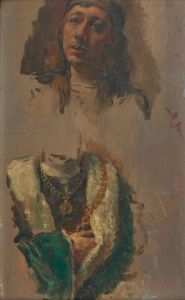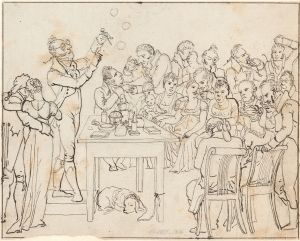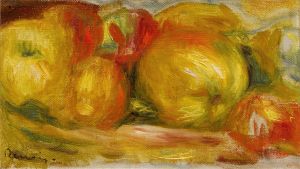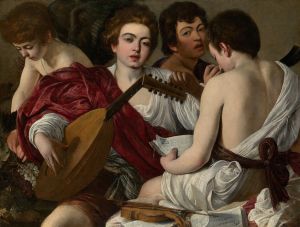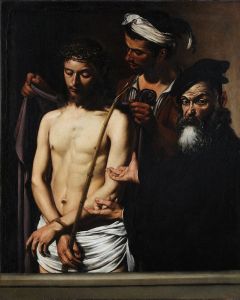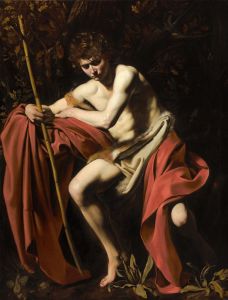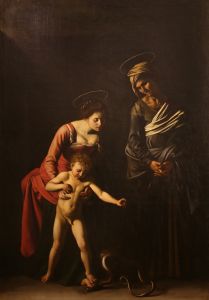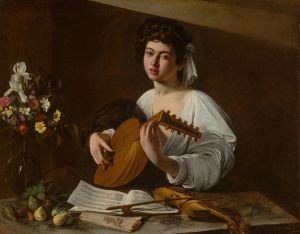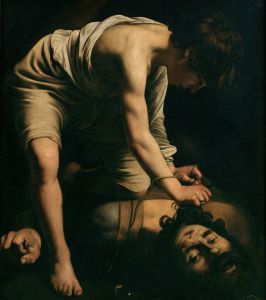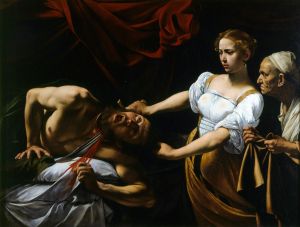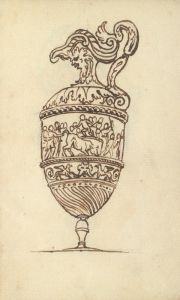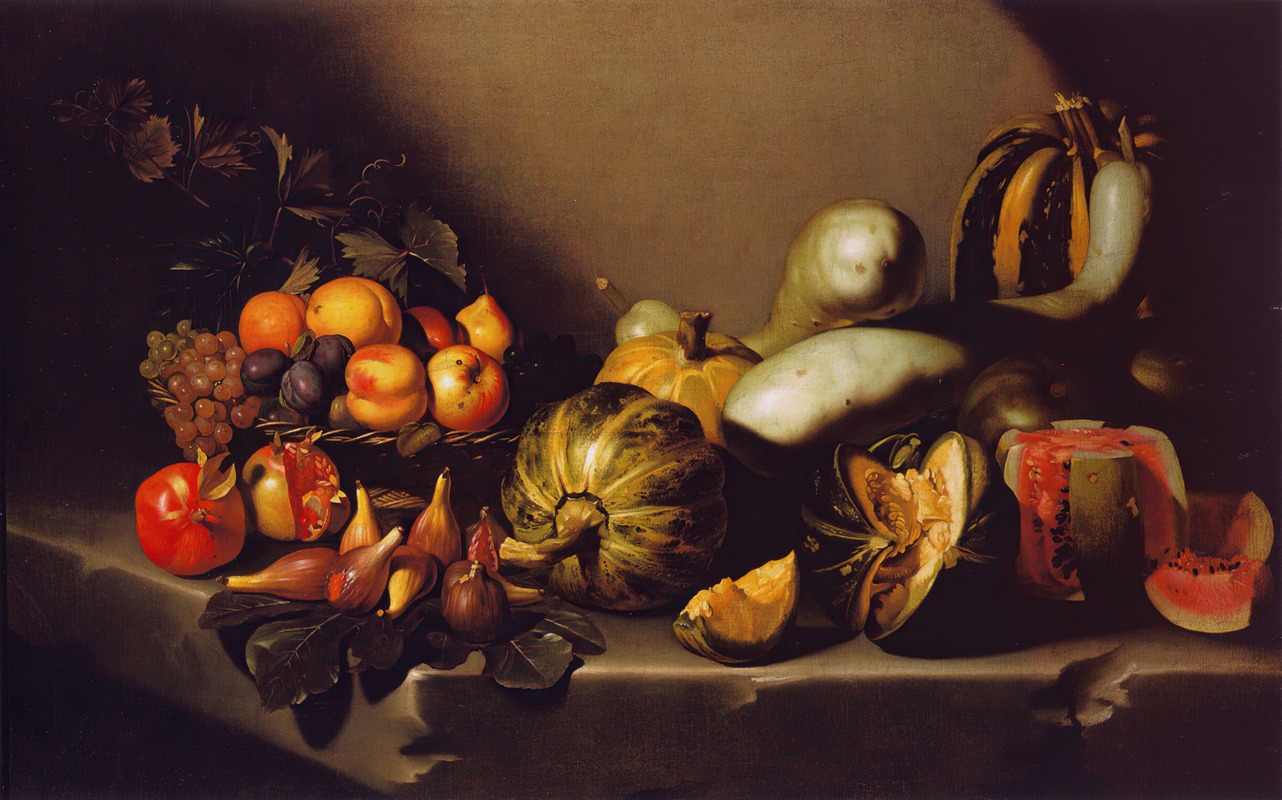
Still Life with Fruit
A hand-painted replica of Caravaggio’s masterpiece Still Life with Fruit, meticulously crafted by professional artists to capture the true essence of the original. Each piece is created with museum-quality canvas and rare mineral pigments, carefully painted by experienced artists with delicate brushstrokes and rich, layered colors to perfectly recreate the texture of the original artwork. Unlike machine-printed reproductions, this hand-painted version brings the painting to life, infused with the artist’s emotions and skill in every stroke. Whether for personal collection or home decoration, it instantly elevates the artistic atmosphere of any space.
"Still Life with Fruit" is a painting traditionally attributed to the Italian Baroque artist Caravaggio (Michelangelo Merisi da Caravaggio). However, there is limited concrete evidence to confirm the authorship of this specific work, and it remains a subject of scholarly debate. Caravaggio is widely recognized as one of the most influential painters of the Baroque period, known for his dramatic use of chiaroscuro (the contrast of light and shadow) and his realistic depictions of still life and human figures.
The painting, if indeed by Caravaggio, would reflect his innovative approach to still life, a genre that was not as highly regarded as historical or religious painting during his time. Caravaggio's still lifes are notable for their naturalism and attention to detail, often depicting fruits, flowers, and other objects with imperfections that lend them a sense of realism. This approach was revolutionary in an era when idealized representations were more common.
"Still Life with Fruit" is thought to showcase a variety of fruits arranged in a naturalistic manner, possibly including apples, pears, grapes, and other produce. The composition emphasizes texture, color, and the play of light on the surfaces of the objects. The painting may also reflect symbolic meanings, as was common in still life works of the period, where fruits and other objects were often used to convey themes such as the passage of time, mortality, or abundance. However, without definitive evidence of Caravaggio's intent, such interpretations remain speculative.
The painting's provenance and history are not well-documented, and its attribution to Caravaggio has been questioned by some art historians. Unlike his more famous works, such as "The Calling of Saint Matthew" or "Judith Beheading Holofernes," "Still Life with Fruit" does not have a clear historical record linking it to the artist. This lack of documentation has led to ongoing debates about whether the painting was created by Caravaggio himself or by an artist influenced by his style.
Caravaggio's confirmed works include a few notable still lifes, such as "Basket of Fruit" (c. 1599), which is housed in the Biblioteca Ambrosiana in Milan. These works demonstrate his mastery of the genre and provide a basis for comparison when evaluating other still life paintings attributed to him.
In summary, while "Still Life with Fruit" is often associated with Caravaggio, the lack of definitive evidence regarding its authorship and history makes it a subject of continued scholarly inquiry. The painting, if by Caravaggio, would exemplify his groundbreaking approach to still life, characterized by naturalism, dramatic lighting, and meticulous attention to detail.





